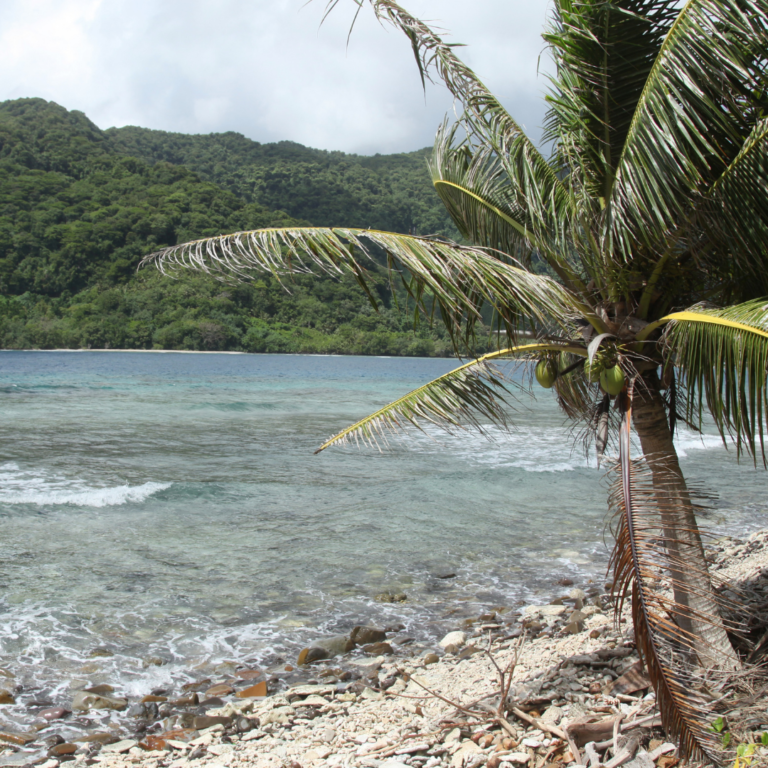The National Park Service manages 61 national parks, of which 14 are UNESCO World Heritage Sites, and 30 have been designated Biosphere Reserves.
You can add all or some of the following U.S. National Parks to your ultimate travel bucket list. Isn’t this exciting?
Where are the National Parks Located in the United States?
National Parks of the United States
Listed alphabetically by state.
1. Denali National Park, Alaska
2. Gates of the Arctic, Alaska
3. Glacier Bay, Alaska
4. Katmai, Alaska
5. Kenai Fjords, Alaska
6. Kobuk Valley, Alaska
7. Lake Clark, Alaska
8. Wrangell – St. Elias, Alaska
9. American Samoa National Park, American Samoa
10. Grand Canyon, Arizona
11. Petrified Forest, Arizona
12. Saguaro, Arizona
13. Hot Springs, Arkansas
14. Channel Islands, California
15. Death Valley, California
16. Joshua Tree, California
17. Kings Canyon, California
18. Lassen Volcanic, California
19. Redwood National Park, California
20. Sequoia National Park, California
21. Yosemite, California
22. Black Canyon of the Gunnison, Colorado
23. Great Sand Dunes, Colorado
24. Mesa Verde, Colorado
25. Rocky Mountain, Colorado
26. Biscayne, Florida
27. Dry Tortugas, Florida
28. Everglades, Florida
29. Haleakala, Maui, Hawaii
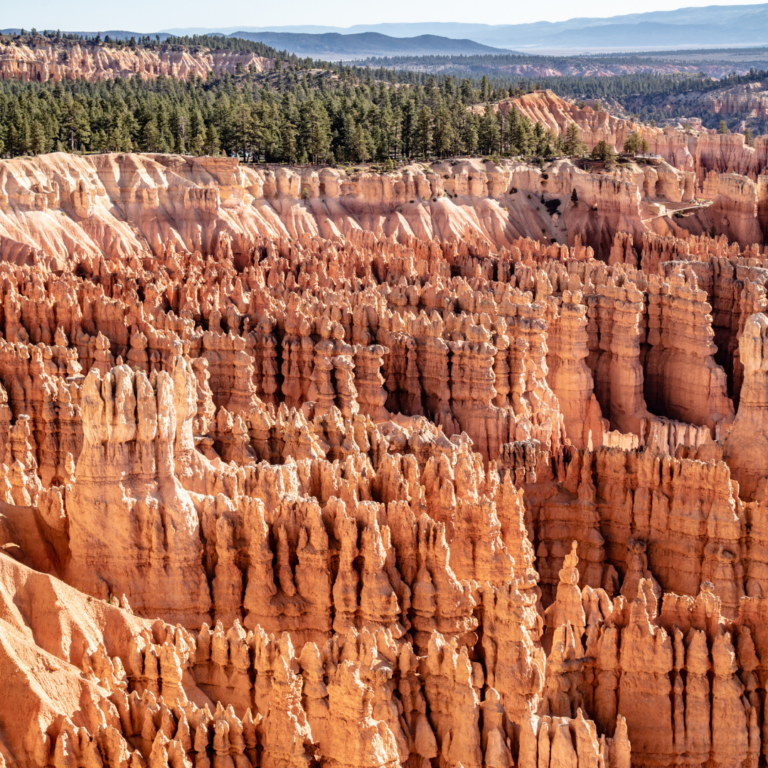
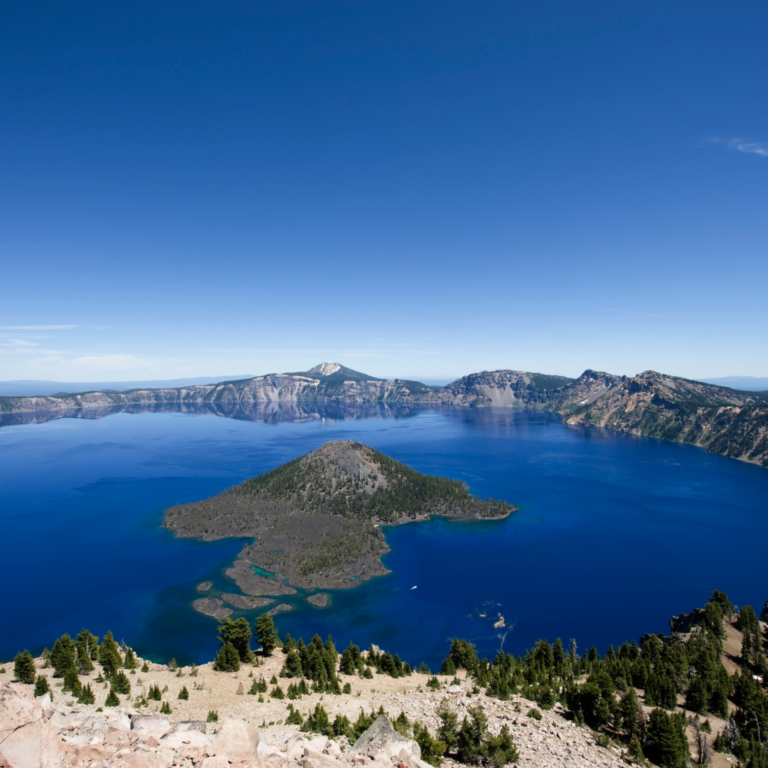
30. Hawaii Volcanoes, Big Island, Hawaii
31. Yellowstone, Idaho, Montana, Wyoming
32. Indiana Dunes, Indiana
33. Mammoth Cave, Kentucky
34. Acadia, Maine
35. Isle Royale, Michigan
36. Voyageurs, Minnesota
37. Gateway Arch, Missouri
38. Glacier, Montana
39. Great Basin, Nevada
40. Carlsbad Caverns, New Mexico
41. Great Smoky Mountains, North Carolina
42. Theodore Roosevelt, North Dakota
43. Cuyahoga Valley, Ohio
44. Crater Lake, Oregon
45. Congaree, South Carolina
46. Badlands, South Dakota
47. Wind Cave, South Dakota
48. Great Smoky Mountains, Tennessee
49. Big Bend, Texas
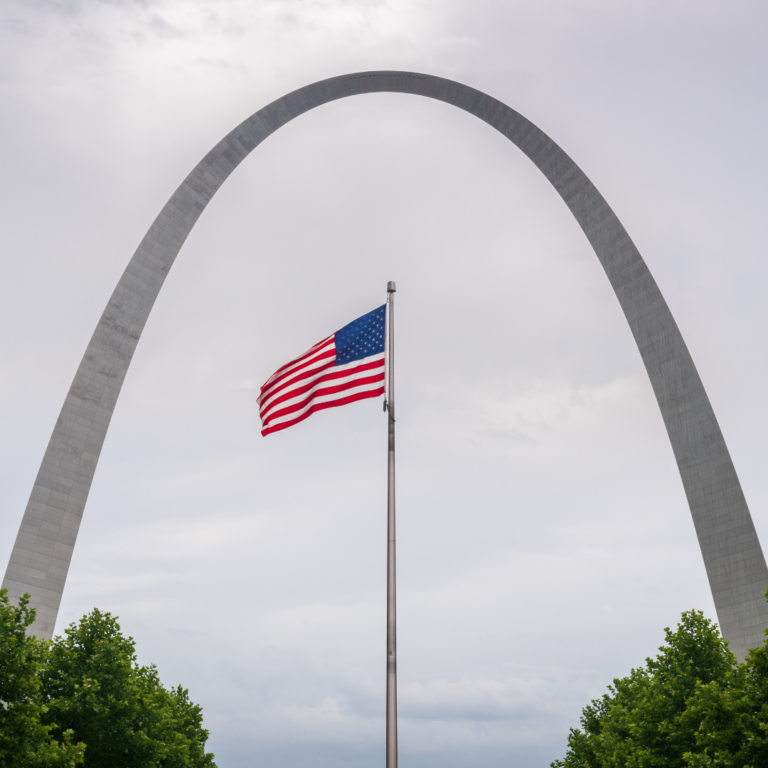
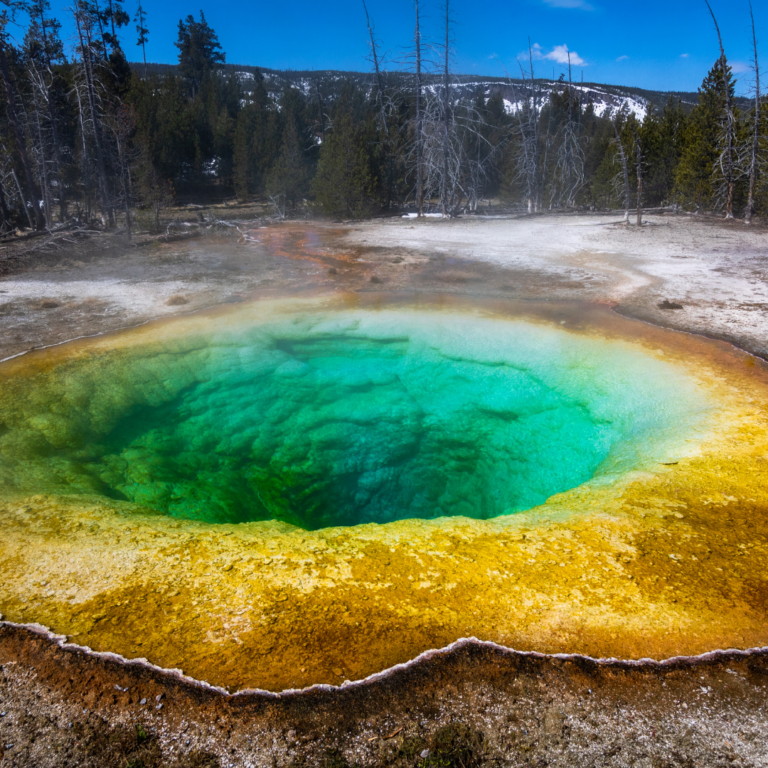
50. Guadalupe Mountains, Texas
51. Virgin Islands, U.S. Virgin Islands
52. Arches, Utah
53. Bryce Canyon, Utah
54. Capitol Reef, Utah
55. Canyonlands, Utah
56. Zion, Utah
57. Shenandoah, Virginia
58. Mount Rainier, Washington
59. North Cascades, Washington
60. Olympic, Washington
61. Grand Teton, Wyoming
Wandering to new vistas is one of my favorite things to do.
Kirsti Out Wandering
When Was Each National Park Established?
In the late 19th century, Yosemite Valley, a majestic valley in California, inspired visitors to demand its protection. Settlers from the east had been moving relentlessly west, developing the area and changing the landscape forever. It was decided places like Yosemite shouldn’t be harmed by progress.
With the help of writers like John Muir and widely published stories, people became more aware of the beauty of such places, ultimately leading to the creation of America’s first national parks.
Yosemite was officially protected during the Civil War thanks to President Lincoln, but Yellowstone was designated America’s first national park in 1872 when Ulysses S. Grant signed legislation creating it. Five more parks would be opened during Theodore Roosevelt’s presidency, along with 51 bird refuges and more than 100 million acres of national forests.
Alaska
- Denali (est. 1917)
- Gates of the Arctic (est. 1980)
- Glacier Bay (est. 1980)
- Katmai (est. 1980)
- Kenai Fjords (est. 1980)
- Kobuk Valley (est. 1980)
- Lake Clark (est. 1980)
- Wrangell – St. Elias (est. 1980)
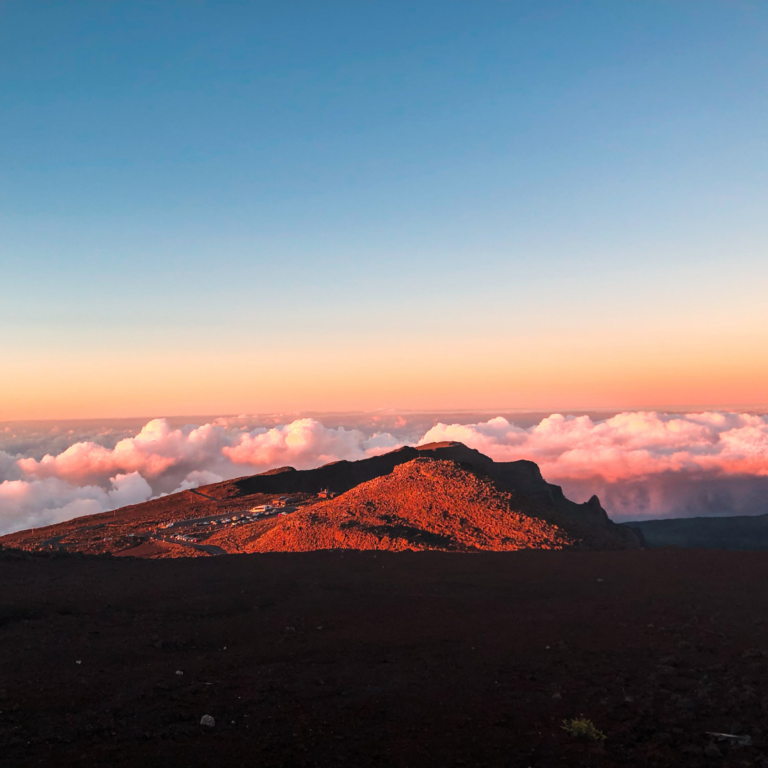

American Samoa
- American Samoa (est. 1988)
Arizona
- Grand Canyon (est. 1919)
- Petrified Forest (est. 1962)
- Saguaro (est. 1994)
Arkansas
- Hot Springs (est. 1921)
California
- Channel Islands (est. 1980)
- Death Valley (est. 1994)
- Joshua Tree (est. 1994)
- Kings Canyon (est. 1940)
- Lassen Volcanic (est. 1916)
- Redwood (est. 1968)
- Sequoia (est. 1890)
- Yosemite (est. 1890)

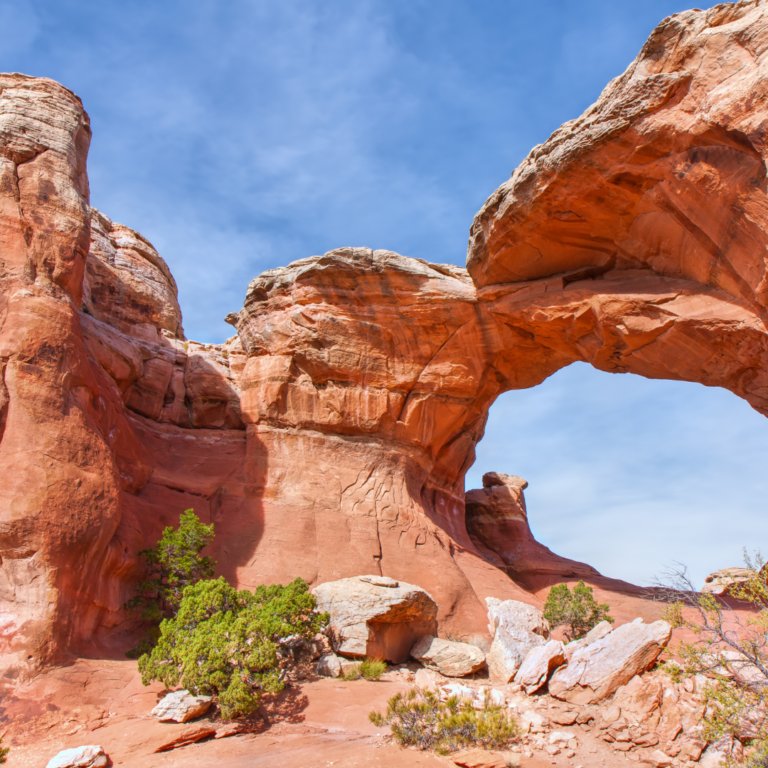
Colorado
- Black Canyon of the Gunnison (est. 1999)
- Great Sand Dunes (est. 2004)
- Mesa Verde (est. 1906)
- Rocky Mountain (est. 1915)
Florida
- Biscayne (est. 1980)
- Dry Tortugas (est. 1992)
- Everglades (est. 1947)
Hawaii
- Haleakala, Maui, Hawaii (est. 1916)
- Hawaii Volcanoes, Big Island, Hawaii (est. 1916)
Idaho
- Yellowstone (est. 1872) – shared with Wyoming and Montana
Indiana
- Indiana Dunes (est. 2019)
Kentucky
- Mammoth Cave (est. 1941)
Maine
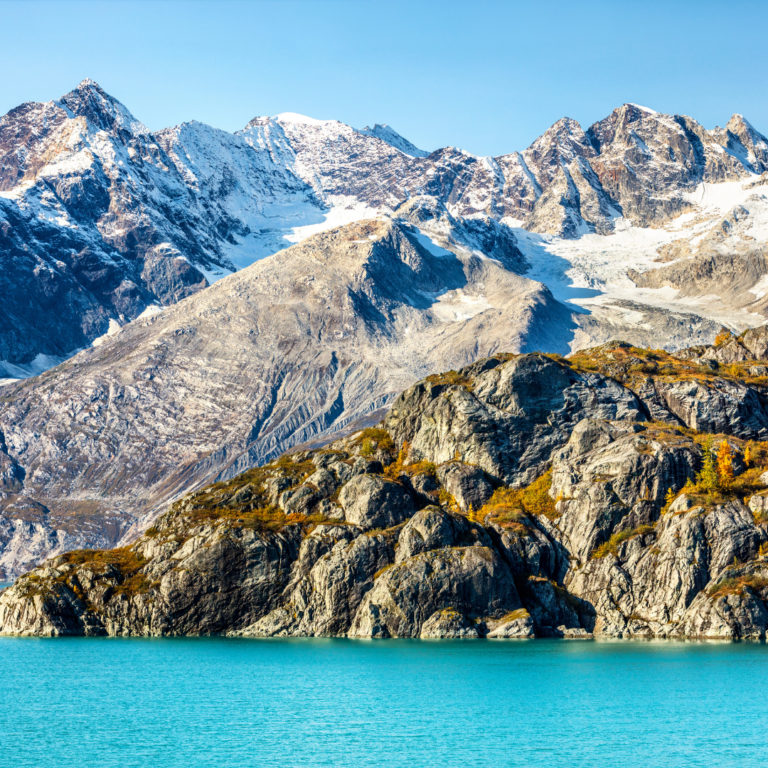

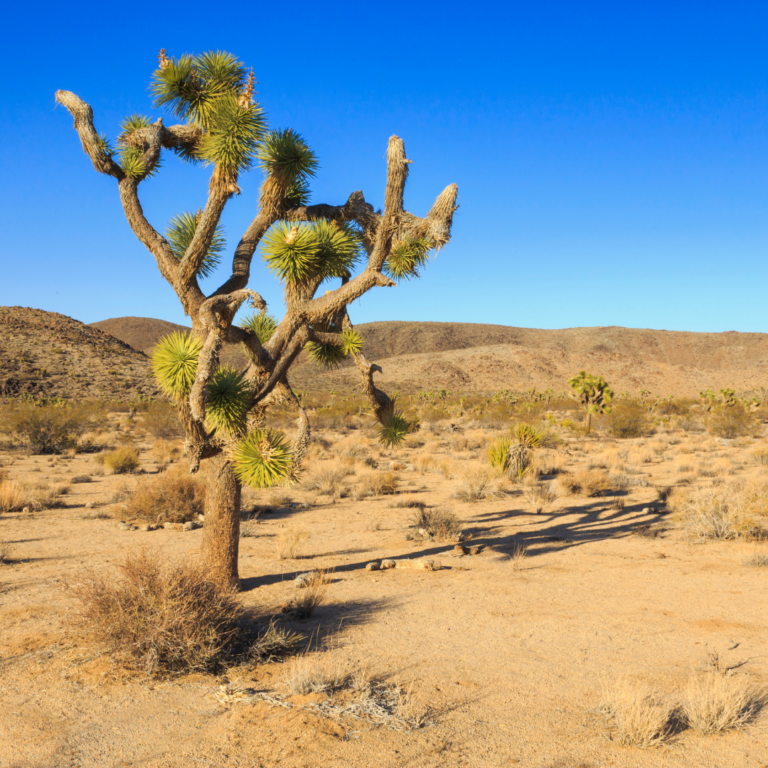
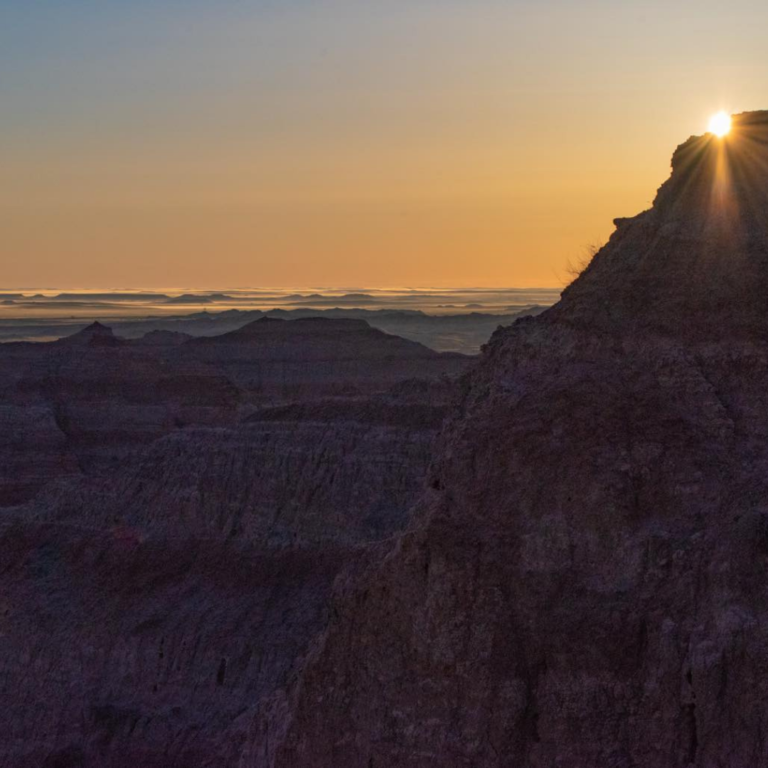
Michigan
- Isle Royale (est. 1940)
Minnesota
- Voyageurs (est. 1975)
Missouri
- Gateway Arch (est. 2018)
Montana
- Glacier (est. 1910)
Nevada
- Great Basin (est. 1986)
New Mexico
North Carolina
- Great Smoky Mountains (est. 1934)
North Dakota
- Theodore Roosevelt (est. 1978)
Ohio
- Cuyahoga Valley (est. 2000)
Oregon
- Crater Lake (est. 1902)
South Carolina
South Dakota
- Badlands (est. 1978)
- Wind Cave (est. 1903)

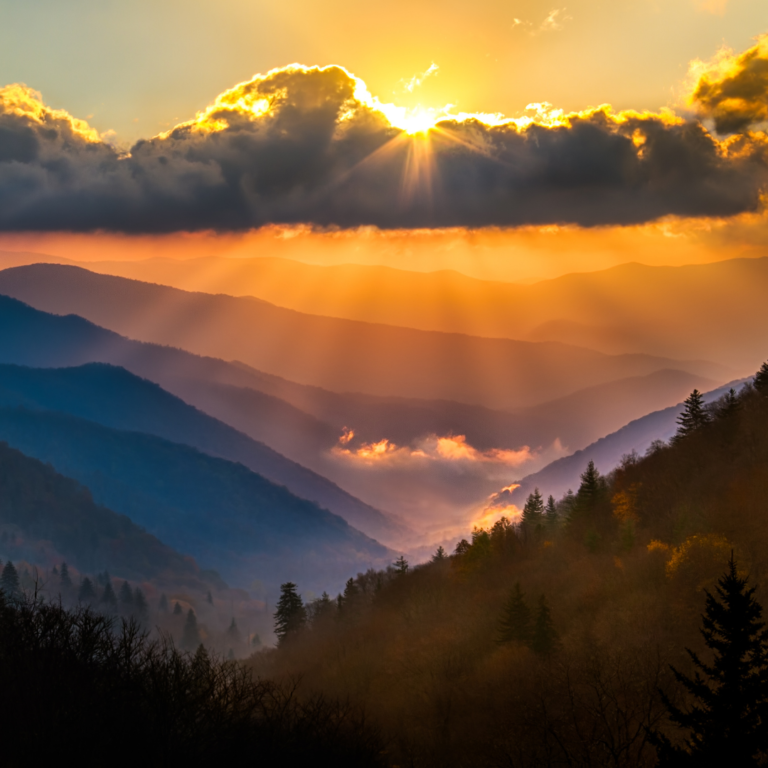
Virginia
- Shenandoah (est. 1935)
Washington
- Mount Rainier (est. 1899)
- North Cascades (est. 1968)
- Olympic (est. 1938)
Wyoming
- Grand Teton (est. 1929)
- Yellowstone (est. 1872)
A Few Fun Facts About The U.S. National Parks
- Twenty-nine states and two U.S. territories have national parks.
- National parks are selected based on their natural beauty, unique geological features, unusual ecosystems, and recreational opportunities.
- National Monuments, by contrast, are often chosen because of their historical or archaeological significance.
- Both California and Alaska have eight national parks, the most in other states, followed by Utah (5) and Colorado (4).
- The Yellowstone national park was the world’s first national park. It is bigger than Delaware and Rhode Island combined.
- With over eight million acres, Wrangell–St. Elias in Alaska is larger than all nine of the nation’s smallest states combined. Three of the nation’s largest national parks are also in Alaska.
- Hot Springs State Park in Arkansas is the smallest.
- Millions of tourists visit the Great Smoky Mountains in North Carolina and Tennessee and Arizona’s Grand Canyon each year, making these national parks the most visited in the United States.
- About 10,000 people visit Gates of the Arctic National Park in remote Alaska each year, making it the least visited national park.
- Michigan’s Isle Royale, a small island in Lake Superior, is the most revisited national park.
I would love to hear about your favorite National Park. Please share in the comments below.
Share this post

Kirsti Out Wandering aspires to illustrate well-being in mind, body & spirit, giving unconditional love to self and others, and pursuing all of the wild possibilities life serves up while living full-time from a sprinter van.
Follow along! Be sure to sign up for my monthly newsletter filled with stories and tips on travel, exploring, van-living, self-care & yoga, photography and life on the road.



